The Sindhis have a history that dates back thousands of years, originating from the region of Sindh, now part of Pakistan. In contrast to popular belief, the residents of this community have a history that dates back to the ancient Indus Valley Civilization, around 3300 BCE, and have thus proven themselves to be a culturally and historically significant population throughout the centuries. These facts about the Sindhi community provide an insightful look into their rich traditions, languages, and unwavering spirit.
Table of Contents
Facts About the Sindhi Community: Historical Background
The facts about the Sindhi community depict the successful existence of the community during various empires in history, such as the Mauryan Empire, Mughal Empire, and the Kalhora dynasty. These were empires that shaped and enriched the Sindhi culture, language, and traditions over centuries. One of the most important people in Sindh history is the Sufi mystic poet Shah Abdul Latif Bhittai, also known as the Shakespeare of Sindh, whose Sufi verses continue to influence Sindh culture.
In 1947, after the Partition of India, the entire Sindhi population was uprooted, leading to the mass migrations of Sindhis and the creation of some of the world’s most active diaspora communities.
Religion and Shared Cultural Bonds
The Sindhi community is diverse with regard to religion, and that is one of the impressive facts about the Sindhi community. Sindhis are largely a mixture of Sindhi Hindus and Sindhi Muslims; the two established communities, in spite of religious differences, share the Sindhi language and much of their culture. Sindhi Hindus believe in traditional Hindu beliefs and festivals, as the Sindhi Muslims have adopted Islam, especially Sufi Islam.
Both groups share a common worship of Jhulelal, a symbolic saint who has temples throughout Sindh that are worshipped by both Sindhi Hindus and Muslims. This unity is celebrated through festivals such as the Cheti Chand, where people come together to pray, sing, and march.

Language and Global Spread
Among the facts about the Sindhi community, there is the Sindhi language, one of the oldest Indo-Aryan languages with a long literary tradition. Sindhi, the main language of the Sindh province of Pakistan, also flourishes among the Diaspora groups in India, the East African region, the US, Canada, and the UK, and it is a language that has kept several generations in linguistic contact.
| Language Facts | Details |
| Language Family | Indo-Aryan |
| Script | Unique Sindhi script |
| Speakers Worldwide | Nearly 30 million, with diaspora communities globally |
| Diaspora Regions | India, East Africa, UK, USA, Canada |
Festivals and Culinary Traditions
Their cultural festivals and unique cuisine are also noted in the facts about the Sindhi community. The festival of Jhulelal (called Cheti Chand) is celebrated as the Sindhi New Year with great enthusiasm through cultural performances and group gatherings.
Sindhi food is also highly diverse and tasty; it includes Dal Pakwan (lentil fritters and lentil curry), Sai Bhaji (stir-fry of vegetables cooked with a lot of spices), and the super-popular Sindhi Biryani. These foods contain a special combination of spices and ingredients that is inherent to the Sindhi cuisine.
Economic and Artistic Contributions
The facts about the Sindhi community describe the great entrepreneurship and artistic backgrounds. The Sindhs have been good merchants and entrepreneurs everywhere they live and support healthy economies wherever they establish home. Some of the traditional arts, such as Ajrak textile, Kasuri embroidery, and Khudabad pottery, are vital cultural identifiers that have been transferred over generations.
The historical significance of this part of the world is also highlighted by the fact that Sindh province has two UNESCO World Heritage Sites, namely, Makli Necropolis and the ancient ruins of Mohenjo-Daro.
Conclusion
In summary, facts about the Sindhi community show that it is a community with a strong cultural heritage and a spirit that cannot be easily broken. Since Sindh was spoken in the Indus Valley Civilization, and is currently represented in the darker shade of the rainbow in their diaspora, Sindh speakers have been proud of their language, culture, and ways. The fact that Sindhi Hindus and Muslims share a similar cultural heritage and have numerous festivals unites the social fabric. Unraveling these facts about the Sindhi community not only salutes their history but also glorifies their present contribution around the world so that future generations would value and maintain this amazing identity.

FAQs
What are some traditional Sindhi foods?
Some of the most popular facts about the Sindhi community include their tasty cuisines such as Dal Pakwan, Sai Bhaji, and Sindhi Biryani, among others, that are influenced by their rich religion in culinary terms.
How has the Partition of India affected the Sindhi community?
One of the most crucial moments in history to be listed among the facts about the Sindhi community is the Partition of 1947, which resulted in the large-scale migration of Sindhis to all parts of the globe and the formation of a strong diaspora that has not allowed the Sindhi culture to fade away over time.
How do religion and culture shape the Sindhi community?
The Sindhi community has an interesting mix of religions, as seen in the facts about the Sindhi community. Sindhi Hindus and Sindhi Muslims have a lot in common in terms of their shared cultural heritage, such as worshipping the saint Jhulelal. This religious harmony is a defining feature of their festivals and social practices.




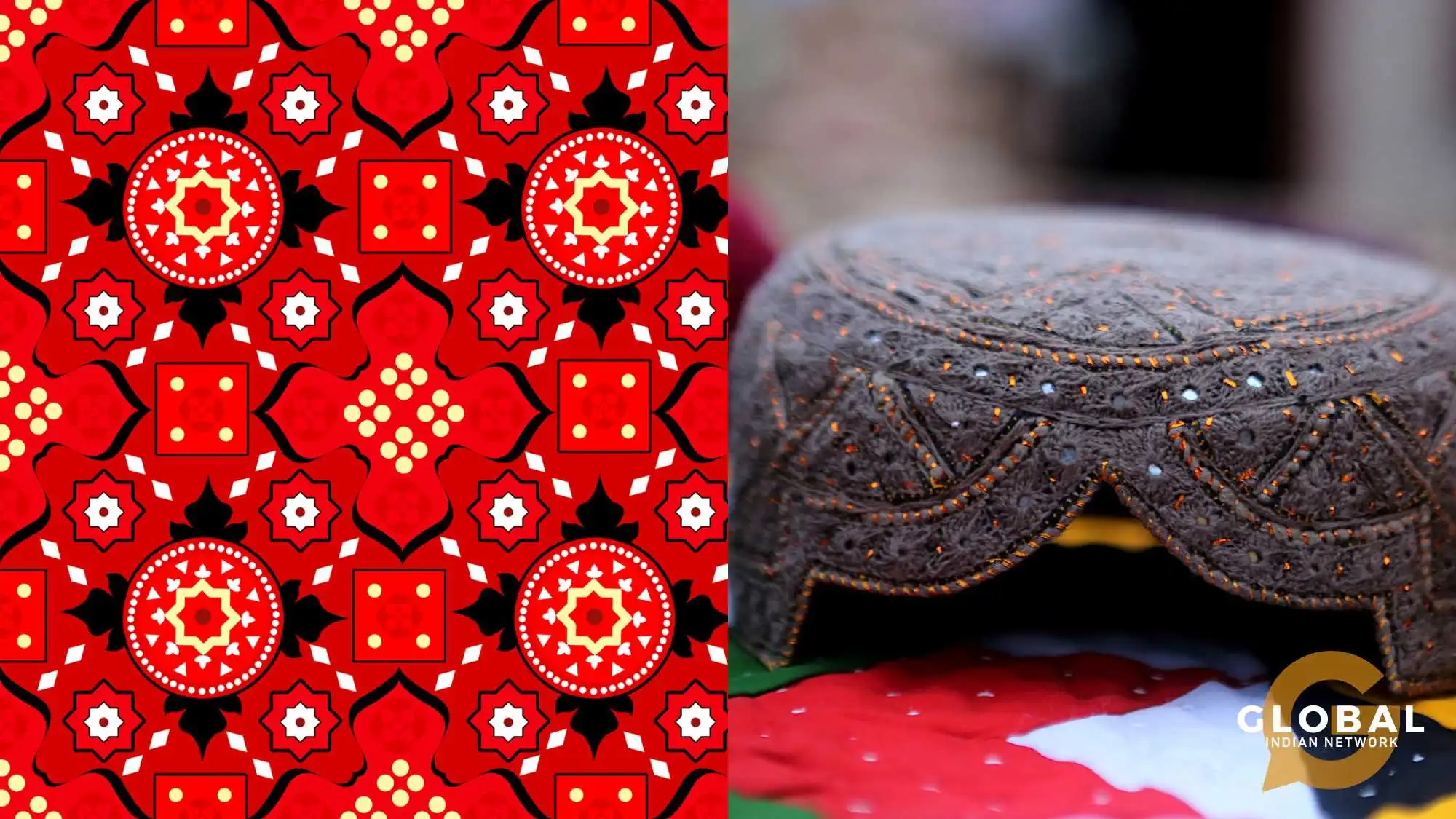
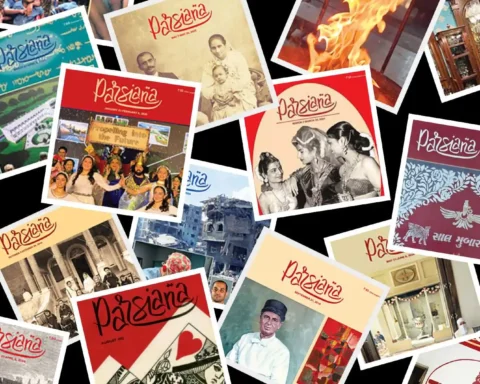
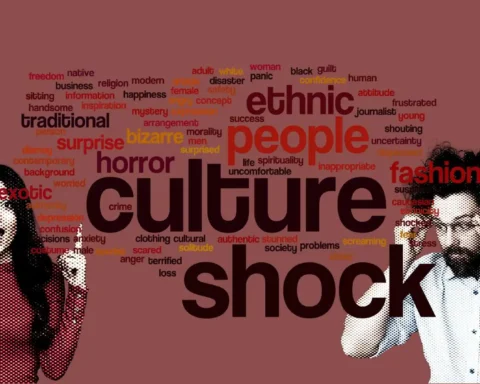
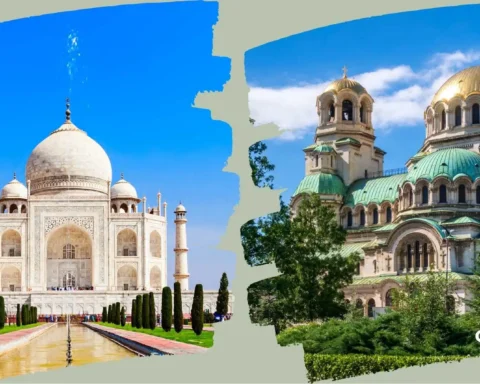
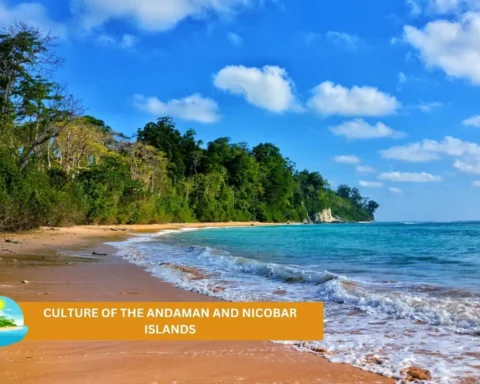
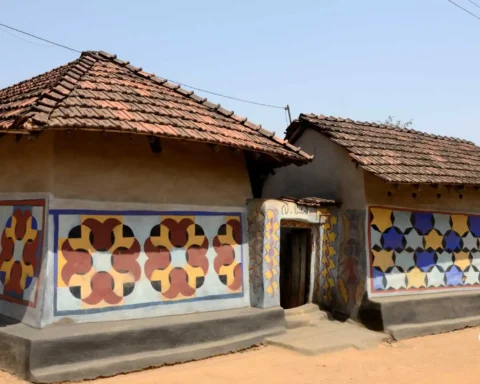
[…] you a food lover in search of an unforgettable culinary roller-coaster? Welcome to Sindhi […]